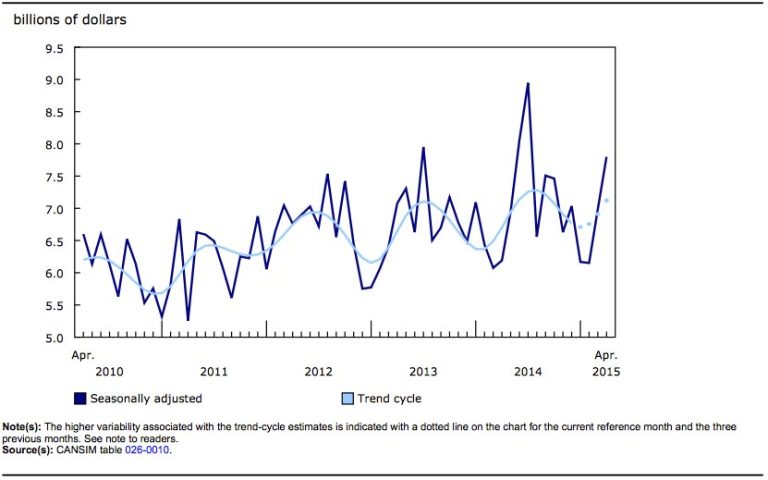A ‘Reel’ Look at Wire and Cable in the Electrical Industry

Mar 2, 2020
Rob McIntyre
The use of reels is fundamental to the safe and efficient handling, transportation and distribution of wire and cable to the end user. The properties of wire and cable require reels to be robust and have certain structural specifications to ensure wire and cable goods are not compromised between the time they leave the factory to when they are installed on site. Wire and cable must be protected from any kind of mechanical damage, ingress of moisture, dirt and chemicals. Close attention must be paid to the temperature ratings of wire and cable; therefore, storage must be in an environment consistent with the rating.
Reels are equally important and are valuable assets if returned and reused. Just as the wire and cable that is wound on a reel must be treated with care, so does a reel. There are considerable costs associated with a reel, so safe handling is a priority. Presently, the collection, reuse and recycling of reels is not subject to government regulation. As extended producer responsibility becomes increasingly prevalent, it serves industry well to optimize the use of reels and minimize their potential environmental impact.
To support this effort, a group of members from Electro-Federation Canada (EFC) gathered in 2017 to discuss best practices and the challenges they faced with reels and potential solutions. A wide range of concerns were tabled; namely, financial concerns, such as capital cost, balance sheet liabilities and budgeting uncertainties. Concerns with the cost of refurbishing damaged units and the administration of deposits were also expressed. The fact of the matter is that while reels are necessary for delivering wire or cable, once a reel is empty it becomes a burden on customers to return or dispose of. This becomes an issue due to several reasons:
• transportation costs are a serious consideration for the return of reels; the vast geography of Canada, and the wide disbursement of reels, often to remote locations, magnifies logistics considerations.
• there are a wide range of reel sizes and configurations, and the quality of reels can be variable.
• there is little consistency in reel programs offered by suppliers.
• there are environmental impacts resulting from reels being abandoned on the landscape or sent to landfills.
Quickly, all of these issues related to aspects of reels and their reuse become a complex business challenge. The core group of EFC members and others met to tackle the various issues. However, there were some limitations with certain topics; it would have been inappropriate for competitors to discuss such matters. Despite this, there were many areas of common interest that were explored, and as a result the group assembled and put together resources that set out best practices to provide guidance concerning the use and handling of wire and cable reels. These resources can be found online at www.electrofed.com/resource-library-wire-cable-reels/
The task group that undertook this initiative is in the process of publishing a document in the coming weeks to ensure the best and most productive use of reels. For more information, please contact EFC at info@electrofed.com.
Rob McIntyre is Manager of Product Sections for Electro-Federation Canada.











